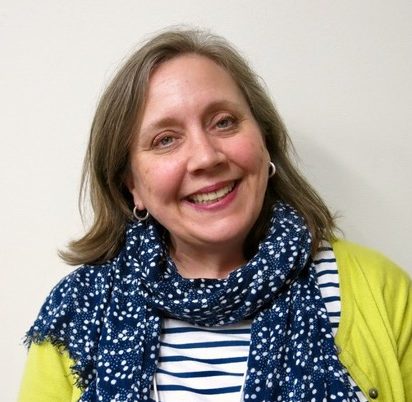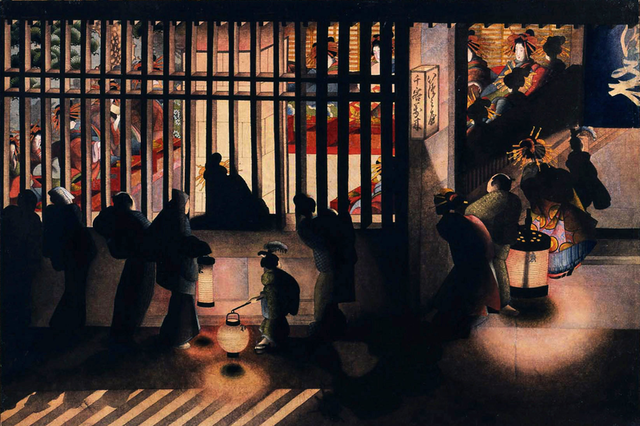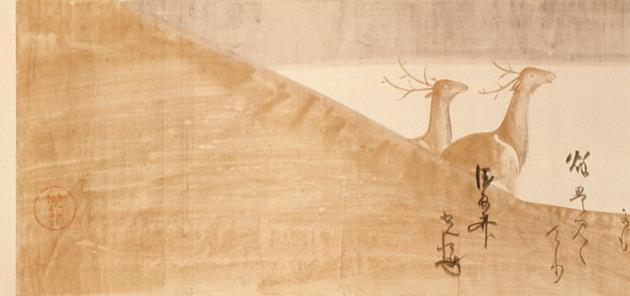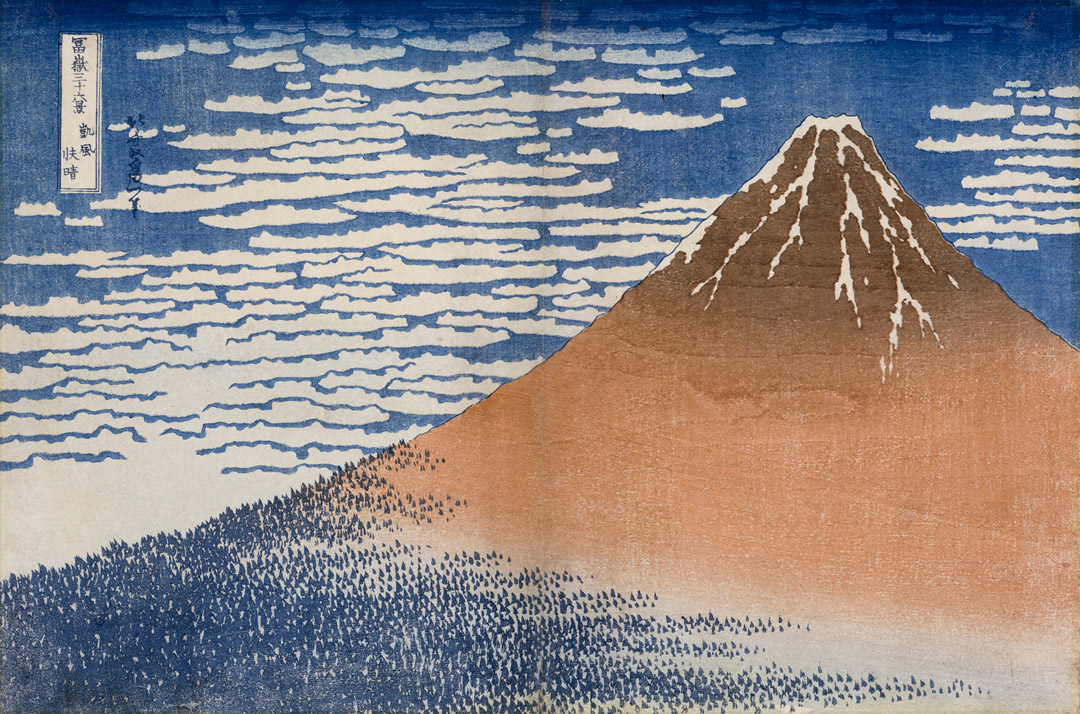Professor Julie Nelson Davis on the Life and Career of Katsushika Ōi
SAM’s Gardner Center for Asian Art and Ideas presents the 2023–24 season of the Saturday University Lecture Series, exploring various topics loosely inspired by the exhibition Hokusai: Inspiration and Influence from the Collection of the Museum of Fine Arts, Boston at the Seattle Art Museum. This month, Julie Nelson Davis, Professor of Art History and the Department Chair at the University of Pennsylvania, will offer a discussion on the style, career, and legacy of renowned artist Katsushika Ōi on Saturday, December 9. In advance of her talk, SAM spoke with Nelson Davis about Ōi’s relationship to her famous father and her contributions to his studio, her favorite artwork in SAM’s collection, and more.
SAM: What can the public expect to learn about in your upcoming Saturday University lecture? What initially drew you to this topic?
JULIE NELSON DAVIS: I’m looking forward to sharing my research on Katsushika Ōi, the daughter of the famous ukiyo-e master, Katsushika Hokusai. Some people may be familiar with the Japanese animation, Miss Hokusai, that tells a fictionalized version of her life. I’ll talk about Ōi’s life and work, as we can reconstruct if from period evidence, and investigate possible ways that her contributions to Hokusai’s studio might be further revealed. Much of my previous work has been about women in early modern Japan and about collaboration between artistic producers; I’ve been thinking about Ōi as part of this larger investigation.
SAM: Academic research often involves travel. Is there a travel experience related to your lecture experience that you could share with us?
JND: This research developed out of a project I was doing with the British Museum, and our group met a few times in Washington D.C., London, and Tokyo to discuss our work together, looking at paintings in storage, and viewing the British Museum exhibition on Hokusai in 2017. I also previously had the chance to travel with some colleagues to Obuse, a small town east of Nagano, to visit the Hokusai Museum and the Gansho-in Temple. Hokusai and Ōi traveled to Obuse in the 1840s on an invitation from an acquaintance, Takai Kozan. Kozan built a studio room for Hokusai and Ōi, and we were able to visit the house and see the studio. We also had the chance to look closely at a sketch in the museum’s collection that shows Hokusai’s plan for a painting he designed for Gansho-in, as well as to look at the two famous festival carts with paintings attributed to Hokusai. We then went to the temple to look at the ceiling painting of a magnificent phoenix. It was a beautiful, partly sunny, cold December day, and as we walked from the museum to the temple, we passed many traditional houses where people were drying bright orange persimmons; the rather monotone landscape and the coldness of the day helped me imagine what Hokusai and Ōi’s experience of working in Obuse might have been like.
SAM: The Seattle Art Museum is home to nearly 25,000 works of art. What’s one artwork from the museum’s collection that resonates with you? Why?
JND: Who can choose just one thing! If I must, I’ll say the Poem Scroll with Deer by Tawaraya Sōtatsu and Hon’ami Kōetsu, the beauty and rhythm of the painting and calligraphy is stunning. I still remember seeing it in storage when I was a grad student, seeing it unroll and glisten under the light. It was gorgeous.
SAM: What is one fact or story related to your lecture topic that the public would be surprised to learn?
JND: Perhaps that it was rare for women to work as professional artists in early modern Japan. Ōi was one of the exceptional cases. Many women worked in the period, but most worked for their family businesses, in shops, or in other roles. Few women had the opportunity to pursue careers as painters, and those that did were typically able to do so only because their husbands or fathers were also painters. (This was also often the case for women in other parts of the world at the same time.) Ōi had the opportunity to learn to sketch and paint in her father’s studio when she was young, becoming quite proficient. She left Hokusai’s studio for a few years to marry another painter, but after their marriage ended, she returned to work alongside her father for the last twenty-two years of his life.
SAM: What’s one book you’d recommend to those interested in learning more about your lecture topic?
JND: There isn’t one yet! But to learn more about Hokusai, I’d recommend reading Hokusai: Beyond the Great Wave (British Museum, 2017) or, of course, seeing the exhibition at the Bowers Museum through January 7, 2024! I wrote a small book as an introduction, Picturing the Floating World: Ukiyo-e in Context (University of Hawai’i Press, 2021) for people curious about the Japanese prints, paintings, and illustrated books in the ukiyo-e genre that might also be of interest.
SAM: Is there anything we didn’t ask that you want to share with the public in advance of your lecture?
JND: I hope that they have a wonderful experience seeing Hokusai: Inspiration and Influence at SAM.
– Simon Tran, SAM Manager of Public Engagement at the Seattle Asian Art Museum
Photos: Courtesy of Julie Nelson Davis. Night Scene in the Yoshiwara, 1850, Katsushika Ōi, ink and paper drawing, Ota Memorial Museum of Art in Tokyo. Poem Scroll with Deer, 1610, Tawaraya Sōtatsu and Hon’ami Kōetsu, ink, gold and silver on paper, 13 7/16 × 366 3/16 in. (34.1 × 930.1 cm) Overall: 13 1/2 x 410 3/16 in. (34.3 x 1041.9 cm), Gift of Mrs. Donald E. Frederick, 51.127, photo: Seiji Shirono, National Institute for Cultural Properties, Tokyo.



